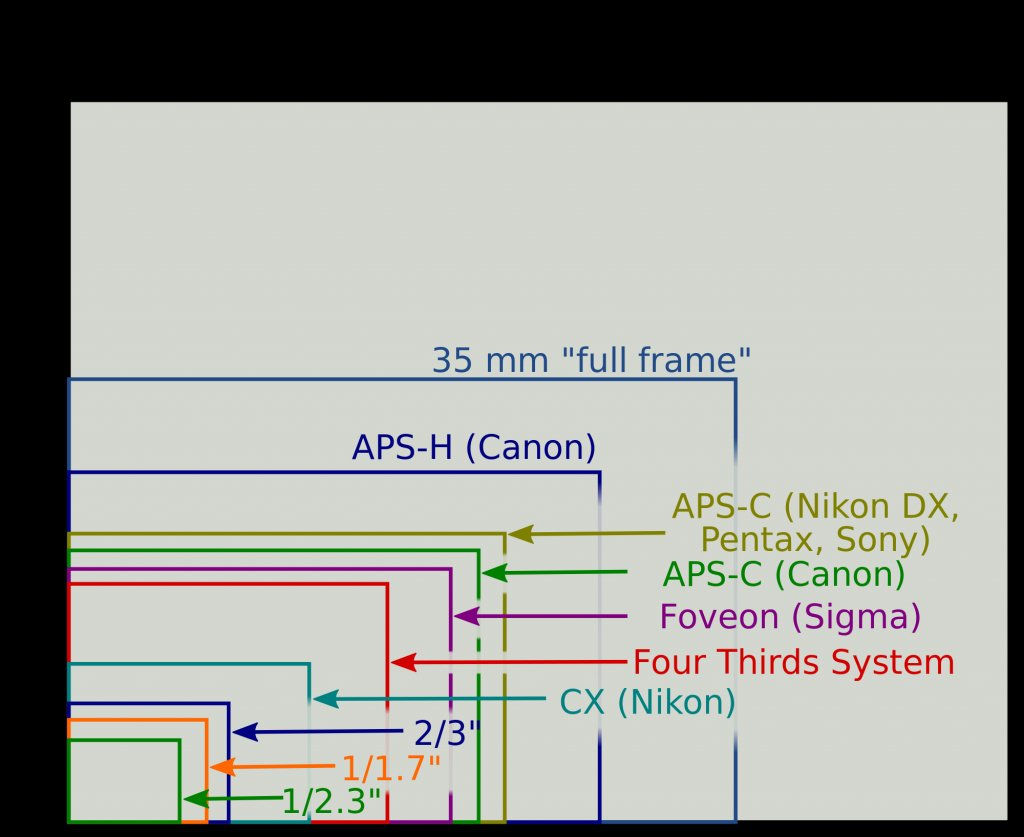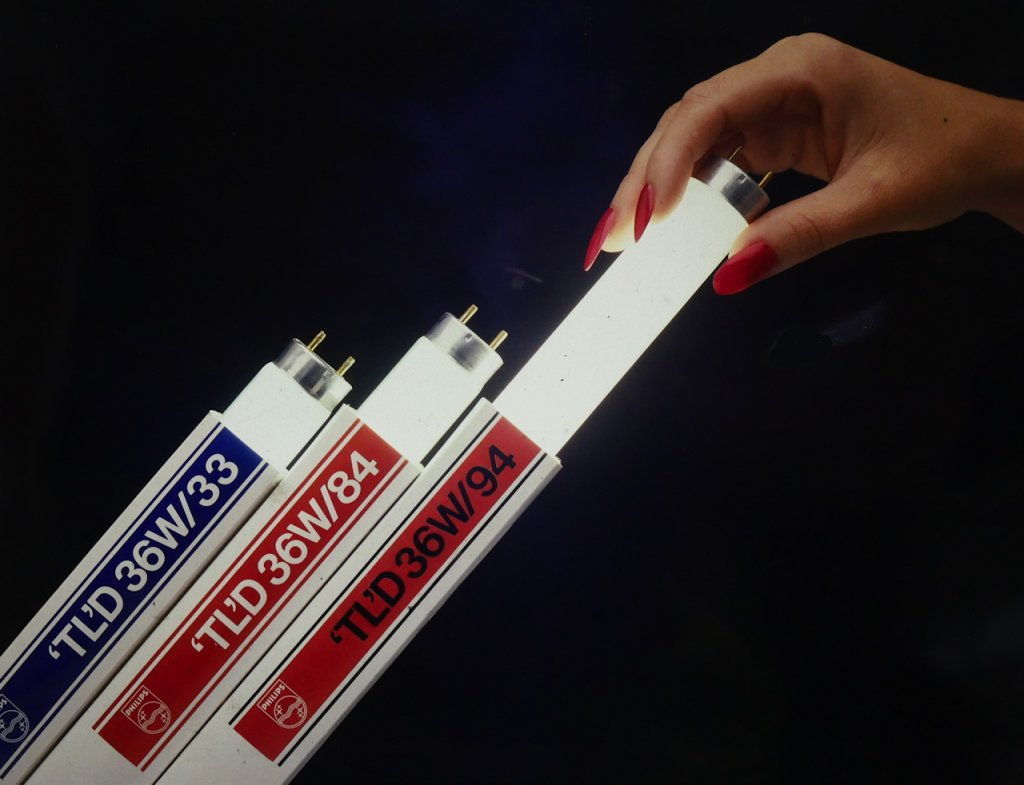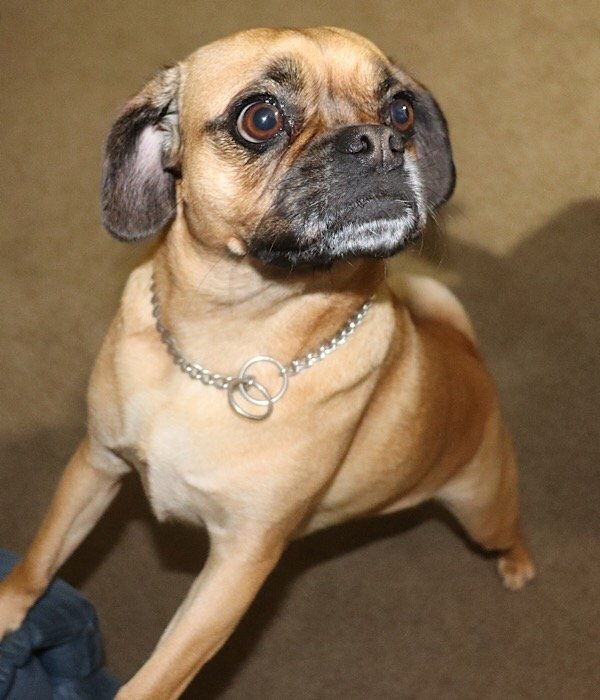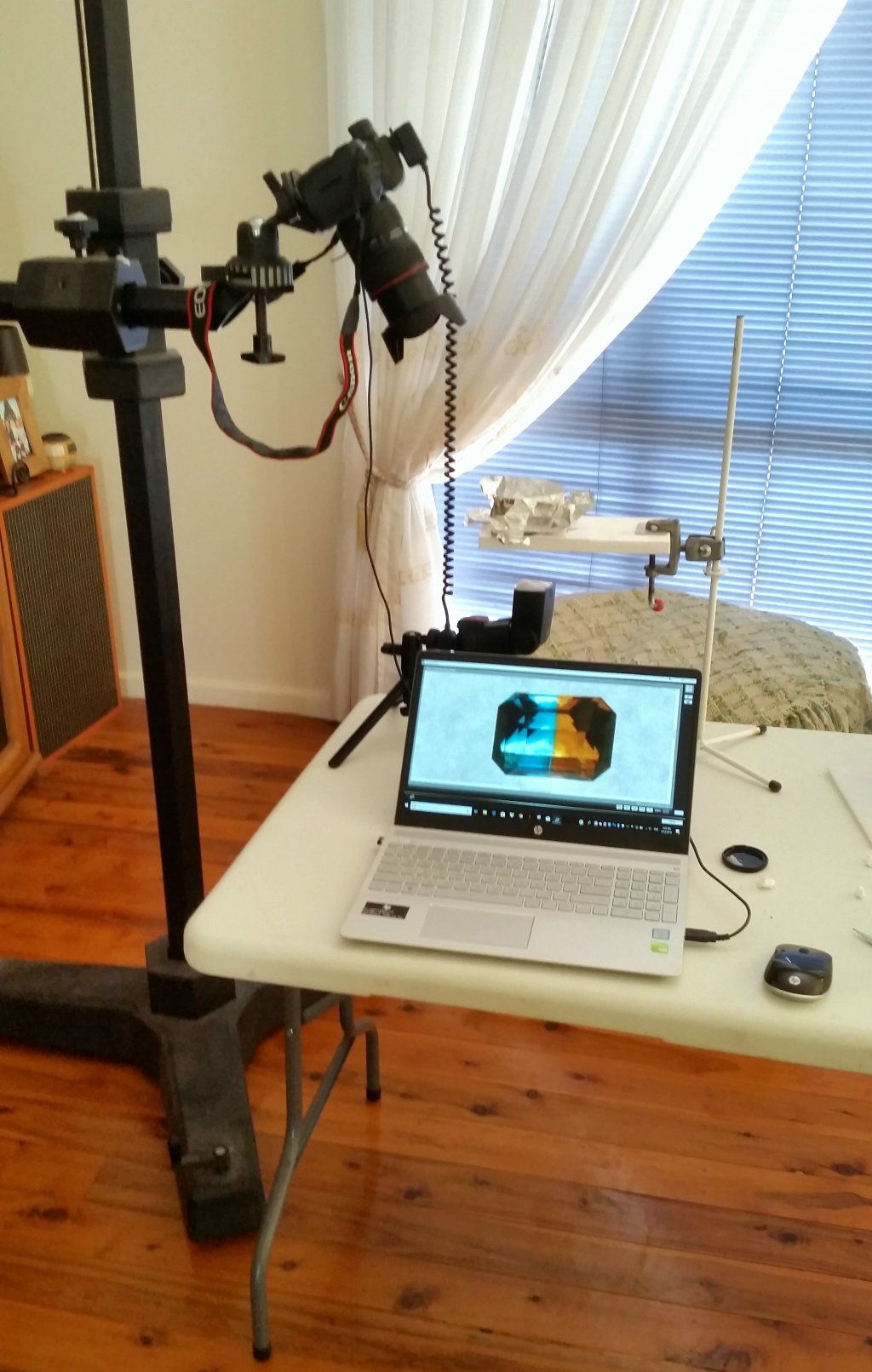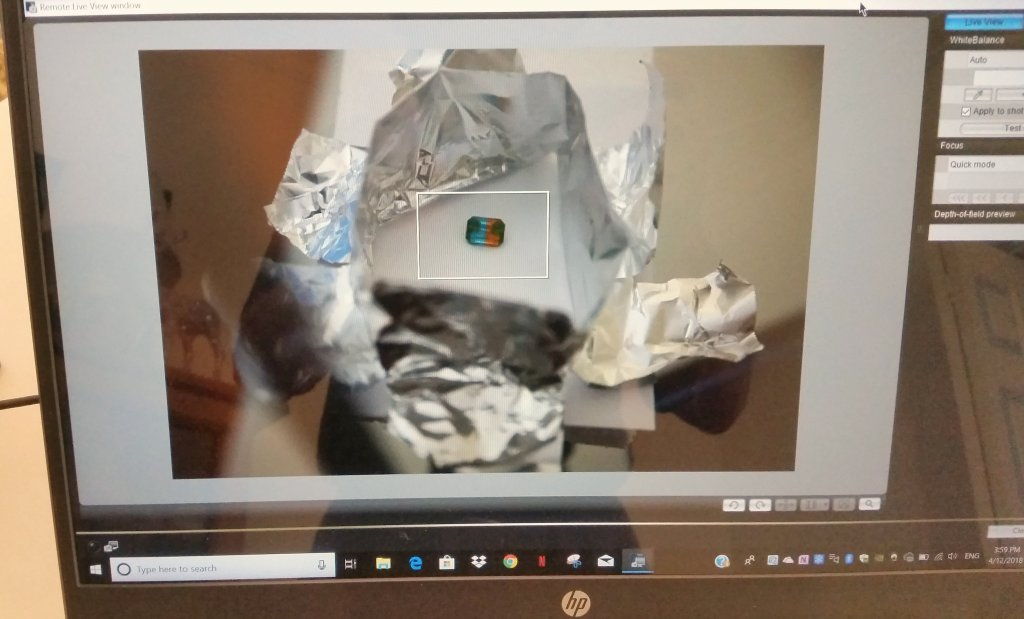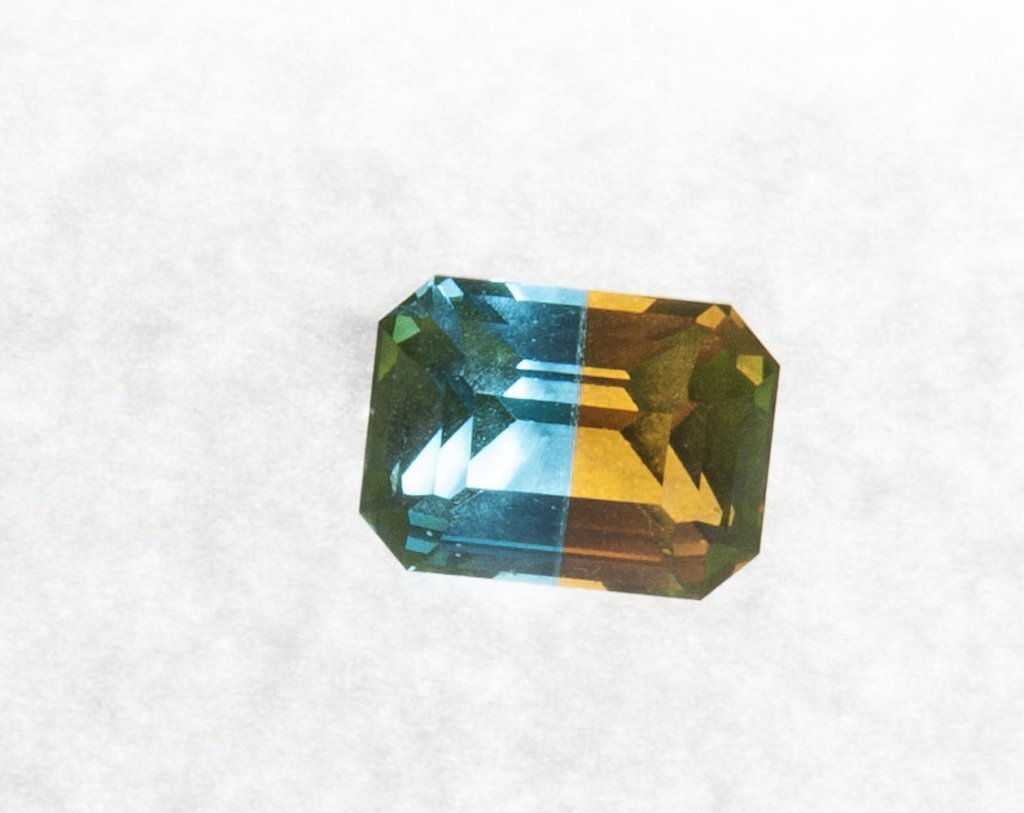Thought I should start a post for technical information or questions relating to gemstone photography.
First up....
I currently have the stock-standard 18 - 55mm lense ....for whatever that means. From my limited use, it obviously has a minimum focal length and enables a certain amount of functional zoom and when combined with the megapixel rating of my camera should be able to take a reasonable photo of a gemstone. I have maxed out the zoom amd minimised the distance betweeen the gemstone and the camera but am thinking ..... does a specific lense have a sweet spot or is it better to back it off a bit and crop/zoom my photo using a RAW capture mode ?
Could someone please educate me on lense size terminology, optimising the use of a specific lense and how to select a good macro lense for gemstone photography.
First up....
I currently have the stock-standard 18 - 55mm lense ....for whatever that means. From my limited use, it obviously has a minimum focal length and enables a certain amount of functional zoom and when combined with the megapixel rating of my camera should be able to take a reasonable photo of a gemstone. I have maxed out the zoom amd minimised the distance betweeen the gemstone and the camera but am thinking ..... does a specific lense have a sweet spot or is it better to back it off a bit and crop/zoom my photo using a RAW capture mode ?
Could someone please educate me on lense size terminology, optimising the use of a specific lense and how to select a good macro lense for gemstone photography.





